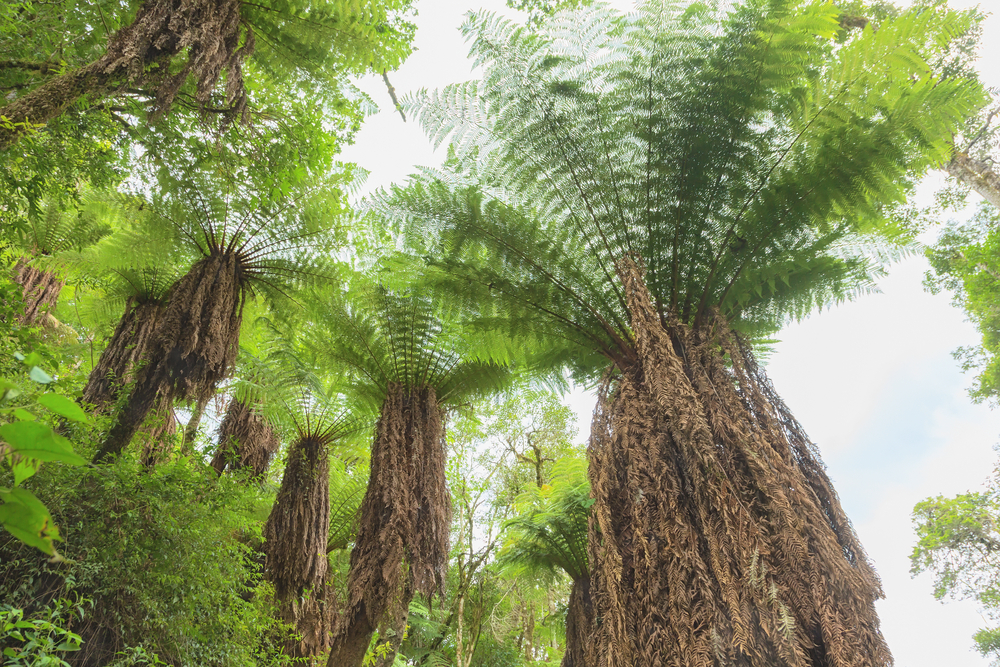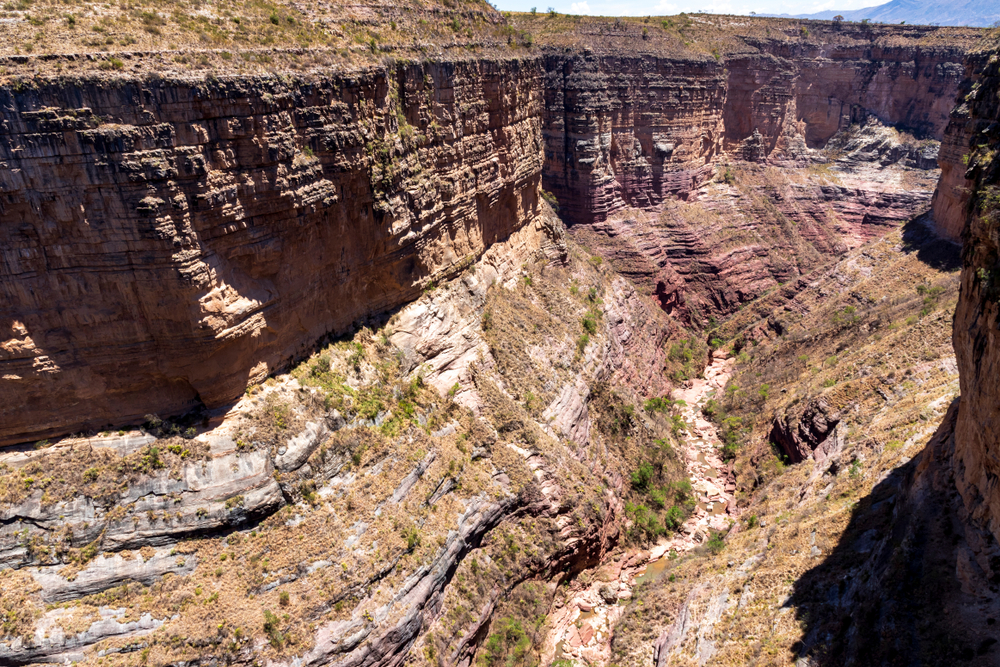Cotapata Overview
Cotapata National Park, or Parque Nacional y Área Natural de Manejo Integrado Cotapata, is a protected area in western Bolivia, spanning approximately 162 square miles (420 square kilometers).
Located in the rugged Andes Mountains, the park lies east of La Paz, transitioning from the high-altitude altiplano to the cloud forests of the Yungas region. This variation in elevation, ranging from over 19,685 feet (6,000 meters) at its highest peaks to about 3,280 feet (1,000 meters) in the lower forested valleys, creates an exceptional diversity of landscapes and ecosystems.
The terrain of Cotapata National Park is defined by dramatic changes in altitude, resulting in a mix of high-altitude grasslands known as the puna, steep valleys, and dense cloud forests. The park is home to glaciers, deep ravines, and rushing rivers that carve their way through the mountains, including the headwaters of the Coscapa and Unduavi rivers.
The vegetation varies with elevation, with the upper reaches dominated by hardy grasses and shrubs, while the lower elevations are covered in moss-laden trees, orchids, and ferns characteristic of the Yungas cloud forests. This variety of plant life supports a complex ecosystem where species adapt to different climatic conditions.
Cotapata National Park is rich in biodiversity, making it a significant conservation area. Among the most notable mammals found within the park is the Andean bear, or spectacled bear, the only bear species native to South America. Other key species include the elusive puma, Andean fox, and the Andean deer, which inhabit the park’s higher elevations.
The diverse birdlife is equally remarkable, with species such as the Andean cock-of-the-rock, known for its bright red plumage, and the endangered royal cinclodes, a bird endemic to Andean cloud forests. Hummingbirds, toucans, and a wide array of raptors also thrive in the park’s various ecological zones.
One of Cotapata’s most popular features is the historic El Choro Trek, an ancient pre-Columbian trail that winds through the park. This trek, spanning approximately 37 miles (60 kilometers), takes hikers from the high-altitude Andean landscapes down into the lush Yungas cloud forest, offering breathtaking views and a firsthand experience of the park’s diverse ecosystems.
The trail passes by small indigenous communities and remnants of Inca-era stone paths, making it not only a scenic journey but also a cultural one. In addition to hiking, visitors to Cotapata can engage in birdwatching, wildlife observation, and nature photography, all of which are enhanced by the park’s diverse habitats and remote setting.
Conservation efforts in Cotapata National Park focus on protecting its delicate ecosystems from deforestation, illegal hunting, and the expansion of agriculture. The park is a designated Área Natural de Manejo Integrado (Integrated Management Natural Area), which allows for sustainable use by local communities while maintaining strict environmental protections.
Although threats such as habitat destruction and climate change pose challenges, initiatives promoting ecotourism and community-based conservation have contributed to preserving the park’s biodiversity. The park’s proximity to La Paz makes it a valuable ecological and cultural resource, offering visitors an accessible yet immersive experience in Bolivia’s stunning natural landscapes.













































































